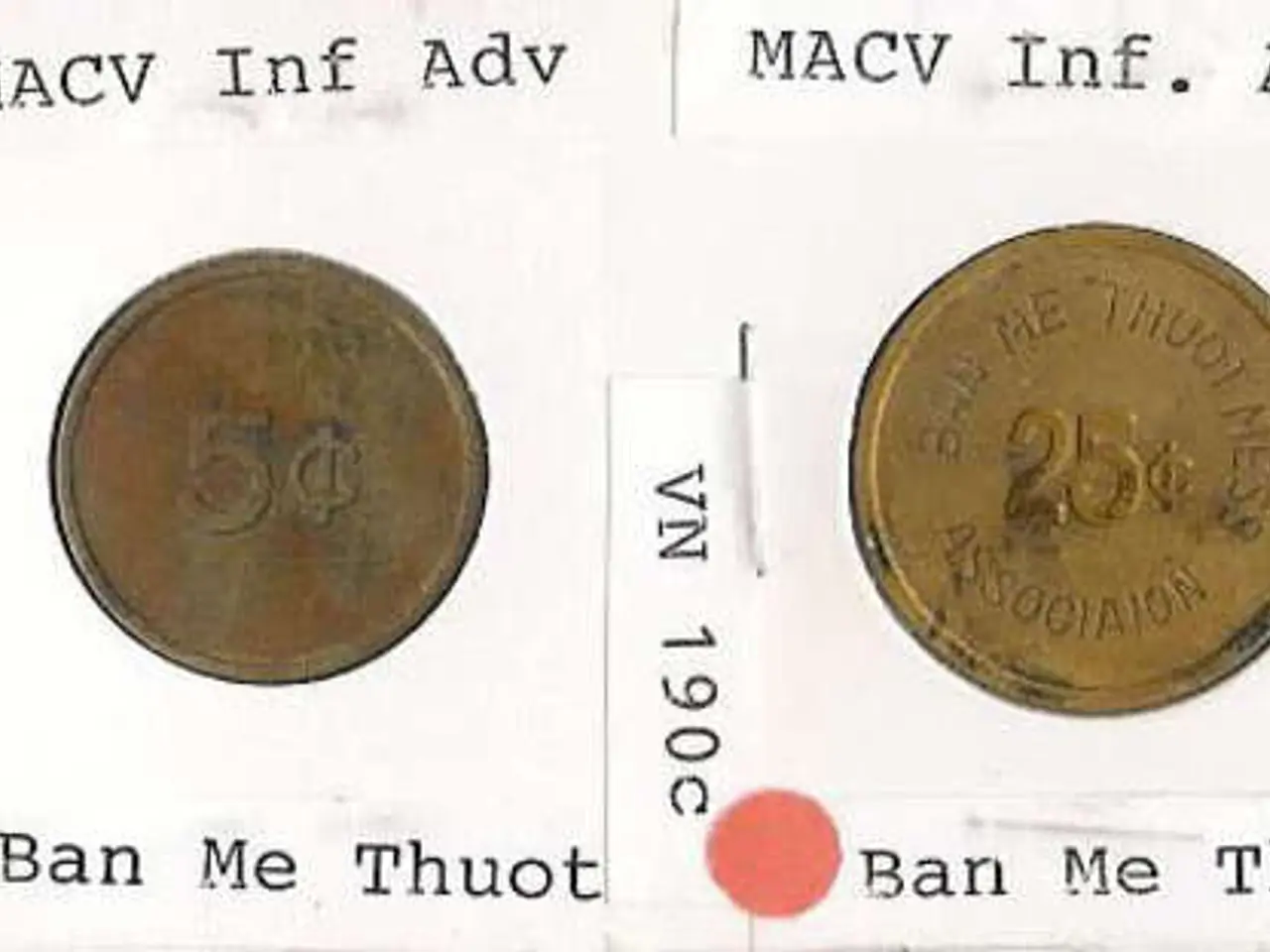Pi Network Outlines 80 Billion Coin Distribution Strategy, Possible Scarcity Bolsters Potential Value
The Pi Network, a groundbreaking digital currency project, has announced a supply strategy aimed at balancing incentives for both early users and newcomers while promoting long-term scarcity and market stability.
With a total supply of 80 billion Pi coins, 65 billion are dedicated to mining rewards. Out of this, 20 billion are allocated for pre-mainnet mining (early adopters), and 45 billion for new mainnet mining (new users). This distribution rewards early pioneers without exhausting the supply, allowing continuous incentives for user growth and engagement.
Only 10–20 billion pre-mainnet coins are expected to migrate post-KYC verification, reducing the circulating supply by filtering out unverified or fake accounts. This KYC process ensures that actual, active users hold the coins, supporting network integrity and scarcity.
The remaining allocation includes about 5 billion Pi reserved for liquidity pools and 10 billion for the foundation and community initiatives, thus supporting ecosystem development without inflating supply excessively.
By controlling the rate of coin release through yearly supply limits during mainnet mining and halving mechanisms, Pi Network manages inflation prudently, avoiding oversupply and excessive price volatility. Pi intentionally avoids token burning to maintain affordability and accessibility, aiming to keep Pi coins available for a broad, global user base rather than creating sudden scarcity that benefits only early holders or excludes future users.
This strategy addresses the trade-off between rewarding pioneers and onboarding new participants by designing a gradual, predictable distribution that preserves long-term value and market confidence through scarcity while ensuring the supply supports mass adoption and practical utility globally.
New users can contribute to the Pi ecosystem without being disadvantaged by early adoption cutoffs. Limiting the circulating supply at the open network launch creates scarcity, and the Pi Network's supply strategy, which includes scarcity, fair access, and gradual supply release, may help it avoid pitfalls faced by older cryptocurrencies.
The Pi Network's supply strategy highlights its emphasis on inclusivity and ongoing community growth. Early pioneers will not hold all the Pi supply, reducing the risk of a small group dominating the network. Mining of Pi will remain open with limits, allowing the community to expand and sustain engagement beyond launch.
In summary, the Pi Network's supply strategy balances token scarcity over time to support value while keeping the network accessible and rewarding for all users. This design supports the network's long-term stability and growth potential.
| Aspect | Strategy Element | |--------------------------------|------------------------------------------------| | Rewarding early users | 20 billion Pi allocated for pre-mainnet mining| | Incentivizing newcomers | 45 billion Pi reserved for mainnet mining | | Ensuring scarcity & stability | Controlled yearly supply limits, KYC verification reducing circulating supply, no token burning | | Supporting ecosystem development| 5 billion Pi for liquidity pools and 10 billion Pi for foundation/community initiatives |
The Pi Core Team recently emphasised ecosystem legitimacy through KYB (Know Your Business) verification for partner companies, further strengthening trust and enabling secure integrations as the Pi Network evolves.
Crypto investors can take advantage of the distribution strategy in Pi Network, as 65 billion Pi coins are set aside for mining rewards, with 20 billion allocated for early adopters and 45 billion for new users, promoting a fair balance. To maintain market stability and longevity, the Pi Network employs mechanisms such as controlled yearly supply limits, KYC verification, and no token burning, thereby ensuring scarcity and supporting ecosystem development with 5 billion Pi for liquidity pools and 10 billion for foundation and community initiatives.




